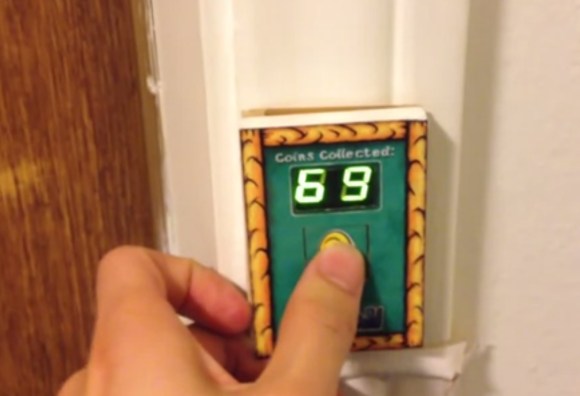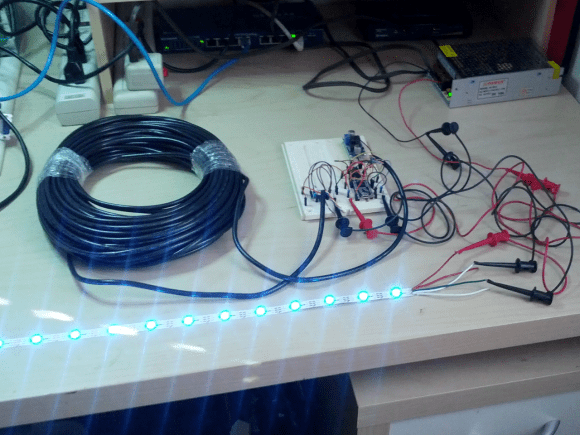
Most tools sport rechargeable batteries these days, but there’s no need to toss that old flashlight: just replace the cells with rechargable ones!
[monjnoux] had a 3-cell D-sized MagLite lying around—though you could reproduce this hack with a 2 to 5 cell model—which he emptied of its regular batteries and replaced with some 11000mAh NiMHs from eBay. The original bulb was also tossed in favor of a 140-lumens LED.
After disassembling the flashlight, [monjnoux] set about installing the new parts. He replaced the original bulb with the LED, soldering it into place and securing it with hot glue. He then drilled a hole in the body of the flashlight for a DC socket. The charger he purchased is adaptive, detecting the number of cells and adjusting its voltage accordingly. It had the wrong connector, though, so [monjnoux] simply chopped off the end and soldered on a new one. For a hack that comes in at 40€, it’s definitely a cheaper alternative to the official rechargeable model: which costs 80€. And with a duration of 7 hours (though it’s unclear whether this number reflects continuous use), it likely outlasts the official model, as well.



 Do you want to use your time more productively but are tomato-averse? [Robin]’s
Do you want to use your time more productively but are tomato-averse? [Robin]’s 












